How to Clean Junk Files on iPhone in Under 10 Minutes
Is your iPhone not performing as smoothly as it once did? The issue often lies in accumulated junk files. This guide is your solution, showing you how to locate and remove these hidden culprits. Equipped with proven methods and trustworthy app suggestions, you’re about to clean junk files on your iPhone and restore its speed and efficiency.
How to Identify Junk Files on iPhone
In the following list, you’ll discover various types of junk files that commonly affect iPhones, from app caches to old messages, guiding you to effectively pinpoint and address these hidden culprits:
- App Caches and Data: Temporary files stored by apps to improve performance but can accumulate over time.
- Old Messages and Attachments: Texts and media from Messages can take up significant space, especially if not regularly cleared.
- Unused Apps: Applications that are rarely used but occupy storage space.
- Browser Cache: Safari and other browsers store cache files to speed up browsing. These files, while initially useful, can become redundant over time.
To locate these files, navigate to Settings > General > iPhone Storage. This section provides a detailed breakdown of storage usage, helping you identify and prioritize files for deletion.
For additional guidance, Apple’s support page on iPhone storage management offers useful tips for keeping your device clutter-free.
Let’s paint a scenario that might sound familiar to you:
It’s late evening, and you’re trying to capture the perfect photo of the sunset using your iPhone. But just as you tap the shutter button, a dreaded notification pops up: “Storage Almost Full.” You realize your iPhone’s storage is clogged with app caches and data, uneeded photos and videos, old messages and attachments, unused apps, and browser cache. These accumulated junk files have now cost you the perfect photo opportunity.
Sound familiar? If so, it’s time to tackle the digital clutter on your iPhone. Let’s explore how to clean up junk.
Top 10 Methods to Clean Junk Files on iPhone
Manually cleaning junk files on your iPhone although tedious can improve its performance. Here are some effective methods:
Method 1: Uninstall Rarely Used Apps
Accumulated apps can clutter your iPhone, consuming space and resources. To delete an unused app:
- Touch and hold the app icon on your home screen.
- Tap on ‘Remove App’ or ‘Delete App’ from the options menu.
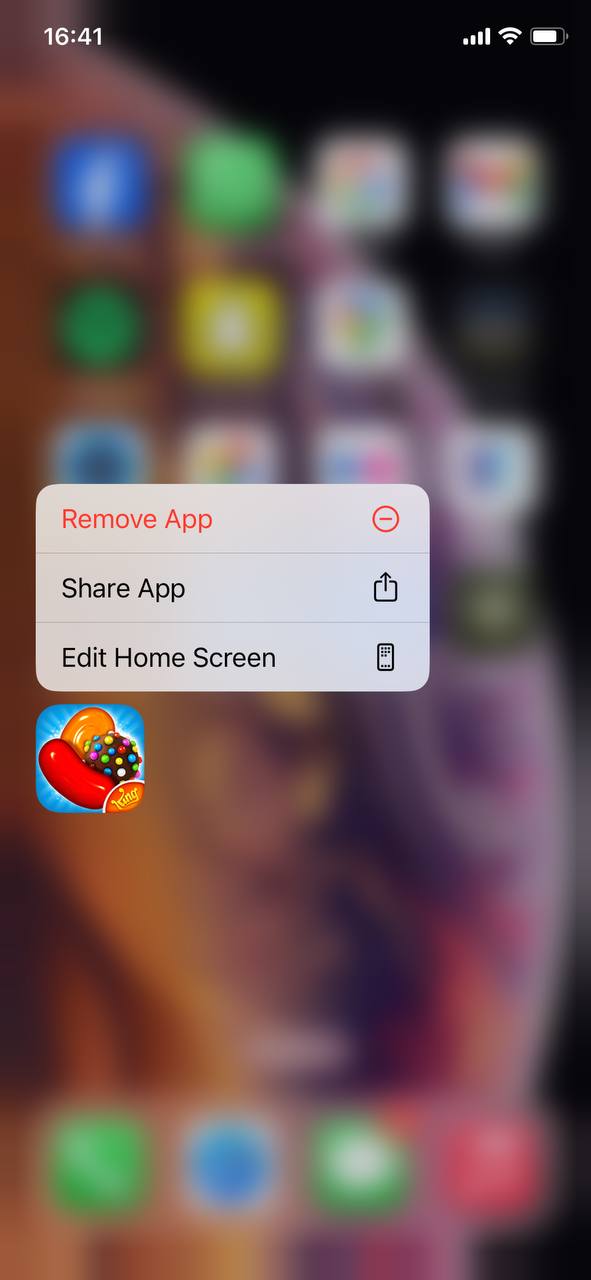
- Confirm deletion by selecting ‘Delete App’ again in the prompt.
This action removes the app and associated data, freeing up space. Be cautious to only delete apps you no longer need, as this action cannot be undone without re-downloading the app.
Method 2: Clear Safari Cache
Safari stores website data to speed up browsing, but over time this data can become excessive. To clear the Safari cache
- Open the ‘Settings’ app on your iPhone.
- Scroll down and select ‘Safari’.
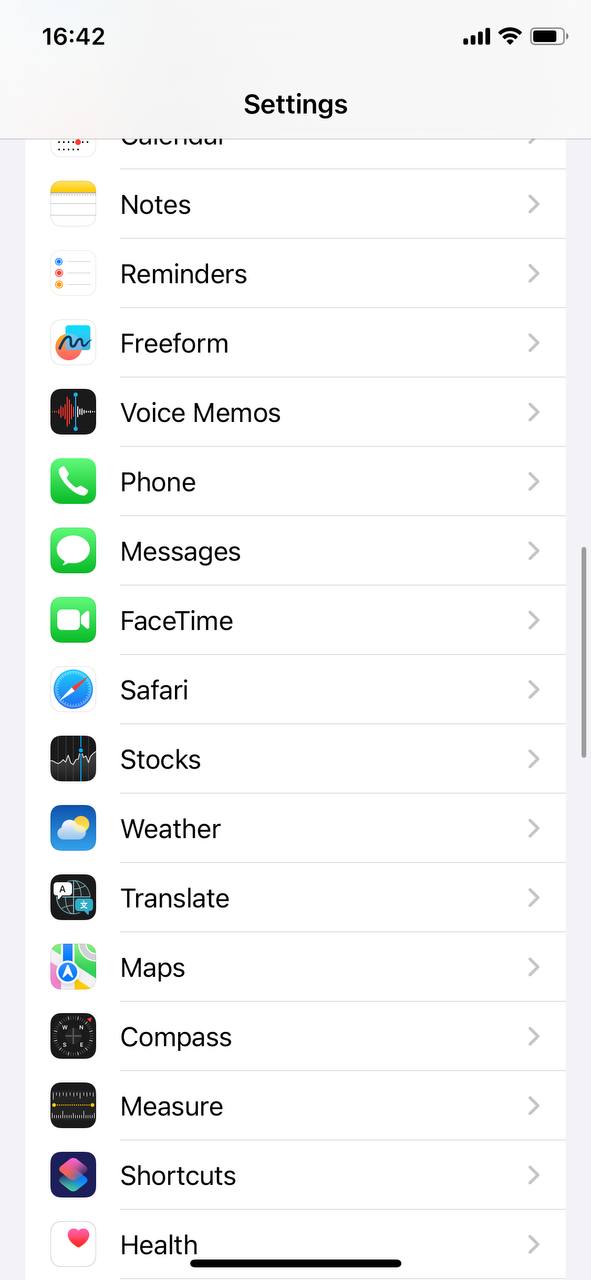
- Tap on ‘Clear History and Website Data’.
- Confirm your action by tapping ‘Clear’ in the pop-up.

This action will not only free up space but also potentially improve browser performance. Remember, this will log you out of websites and remove your browsing history.
Method 3: Review iMessage Attachments
Old messages, especially those with attachments, can occupy significant storage. You can enable ‘Message History’ to automatically delete messages after a certain period. Additionally, manually review message threads and remove large attachments or unneeded conversations to keep your message storage clean:
- Go to ‘Settings’ and select ‘Messages’.
- Scroll to the ‘Message History’ section.
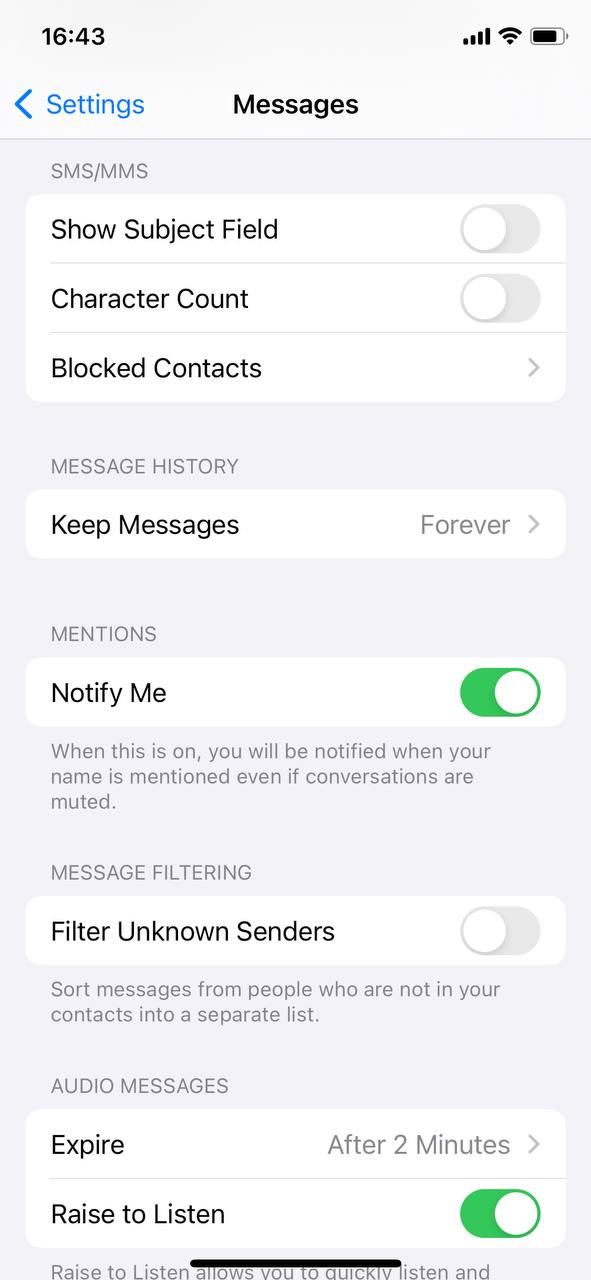
- Tap ‘Keep Messages’ and choose the desired duration (e.g., 30 days).
- To delete individual messages, open a conversation, touch and hold a message, and choose ‘More’ to select messages for deletion.
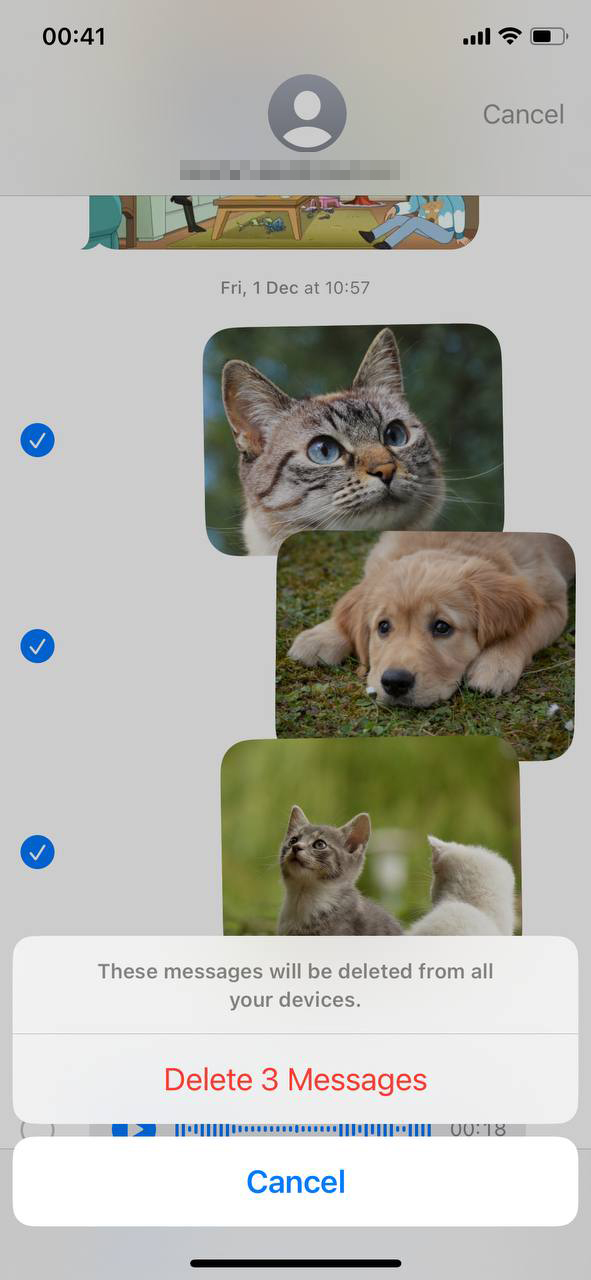
Exercise caution while deleting files. Avoid removing necessary data and back up important information beforehand to avoid data loss. For more advanced cleaning methods, proceed to the automated solutions in the section below.
Method 4: Clear App Cache
To free up space, consider clearing the cache of frequently used apps. Follow these steps to clear cache for individual apps:
- Select an app to view its storage usage details.
- Look for an option to clear cache or data.
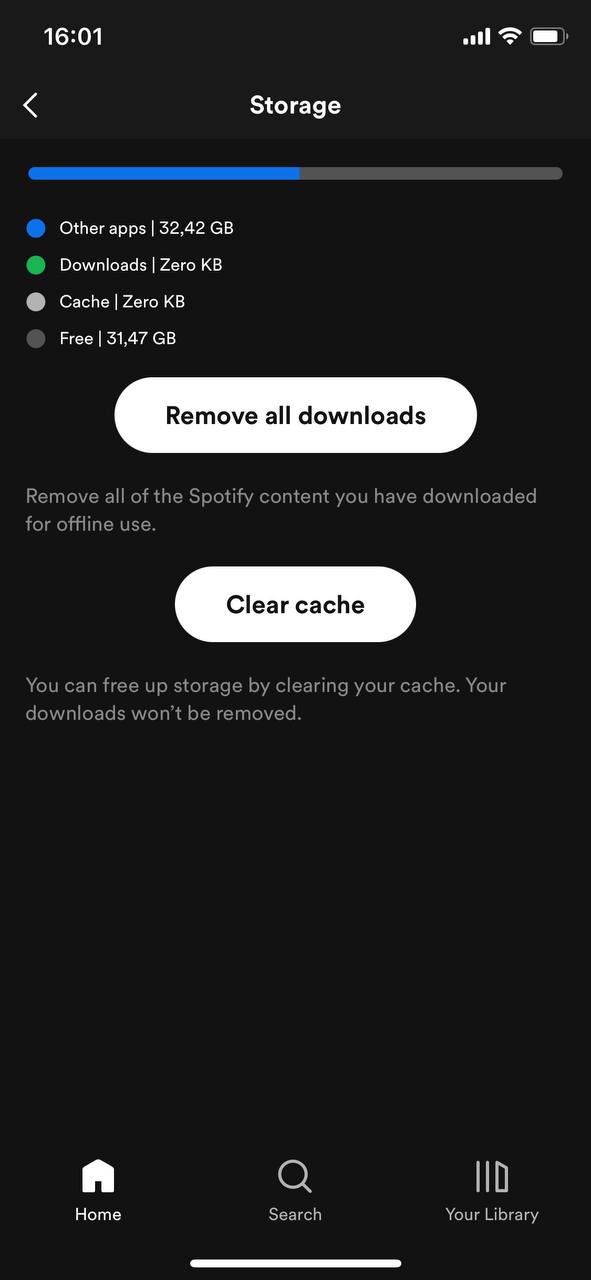
- If available, tap Clear Cache or a similar option.
Clearing cache removes temporary files without affecting your important data or settings within the app.
Method 5: Delete Downloaded Files
Downloaded files can accumulate and take up valuable space. Review your Downloads folder and remove files you no longer need. Follow these steps to locate and delete them:
- Open the Files app on your iPhone and go to the Downloads folder..
- Tap “…” in the top right corner, then Select and choose the files you want to delete.
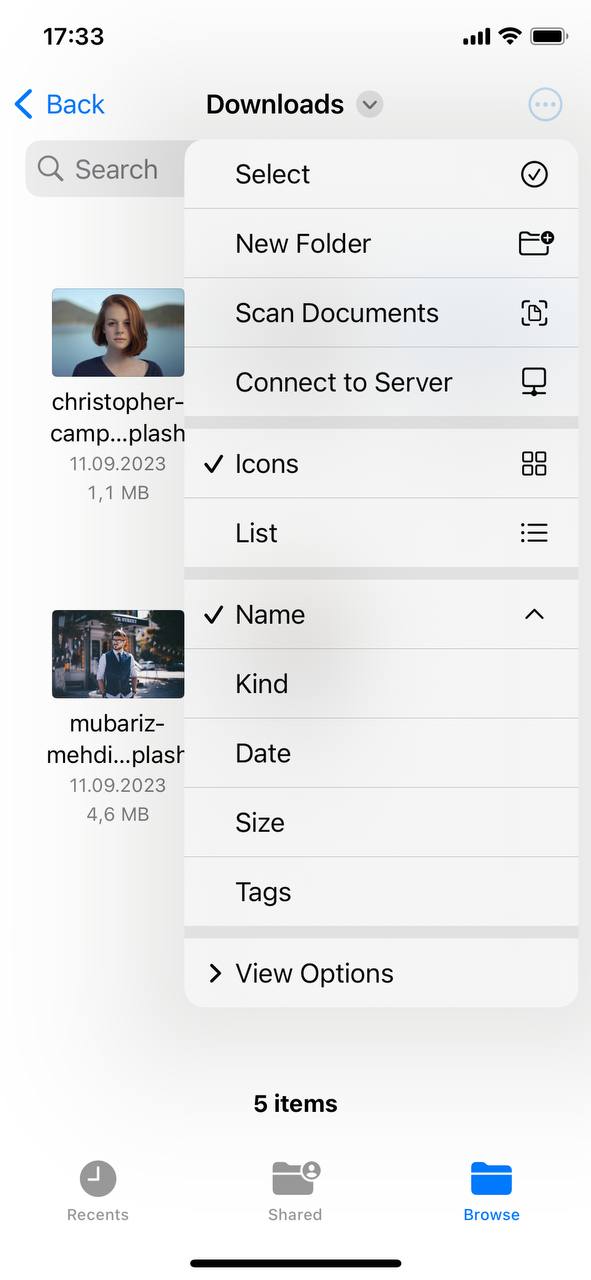 Tap the trash icon to delete the selected files.
Tap the trash icon to delete the selected files.
This process helps reclaim storage space by removing files that are no longer needed.
Method 6: Manage iCloud Storage
Optimize your iCloud storage by deleting old backups and unnecessary data. Here’s how to do it easily:
- Open Settings and tap on your name at the top. There select iCloud to see your storage usage.
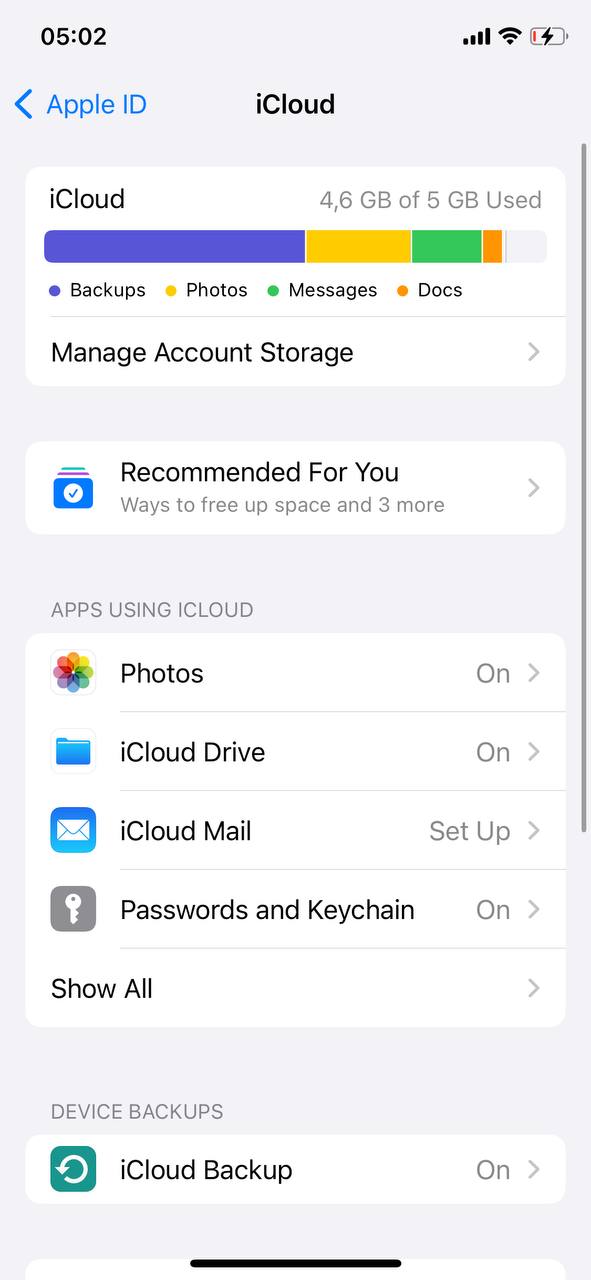
- Tap Manage Storage for options to clean up backups, documents, photos, and more.
- Consider deleting old backups or unnecessary data to free up space.
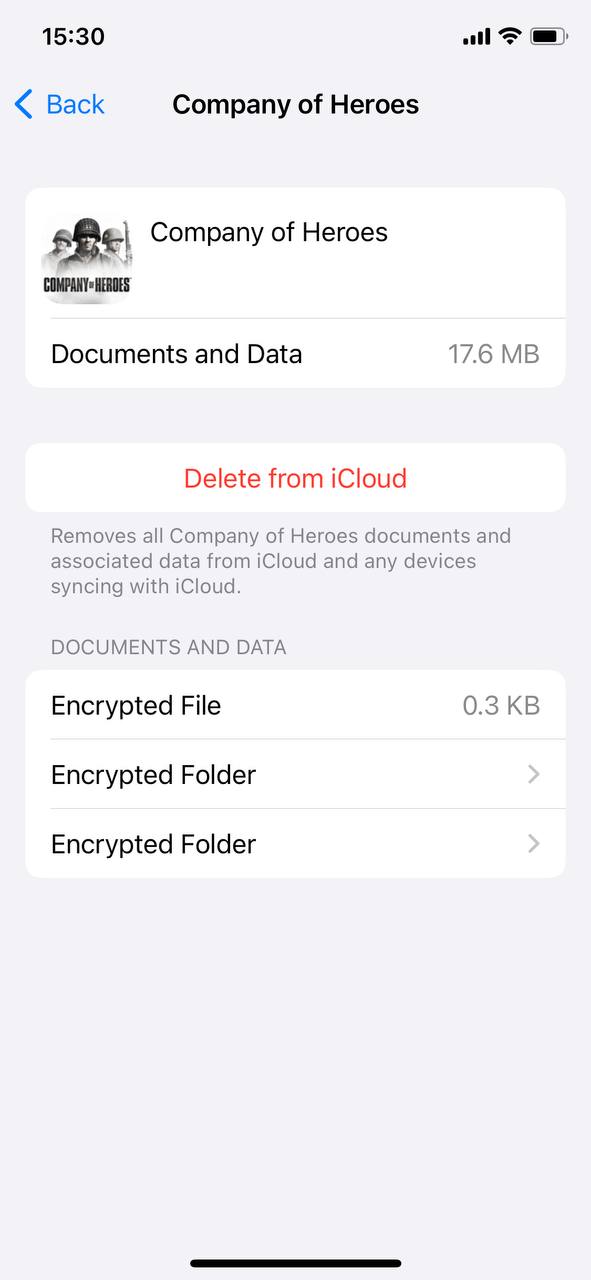
- Explore options to upgrade your storage plan if necessary.
This method helps in keeping your iCloud storage optimized, ensuring that only essential data is backed up and space is efficiently used.
Method 7: Review Photos & Videos
Photos and videos can consume significant space. Regularly review your library and delete redundant or unwanted media. Here’s how to manage them:
- Open the Photos app and go to the ‘Albums’ tab.
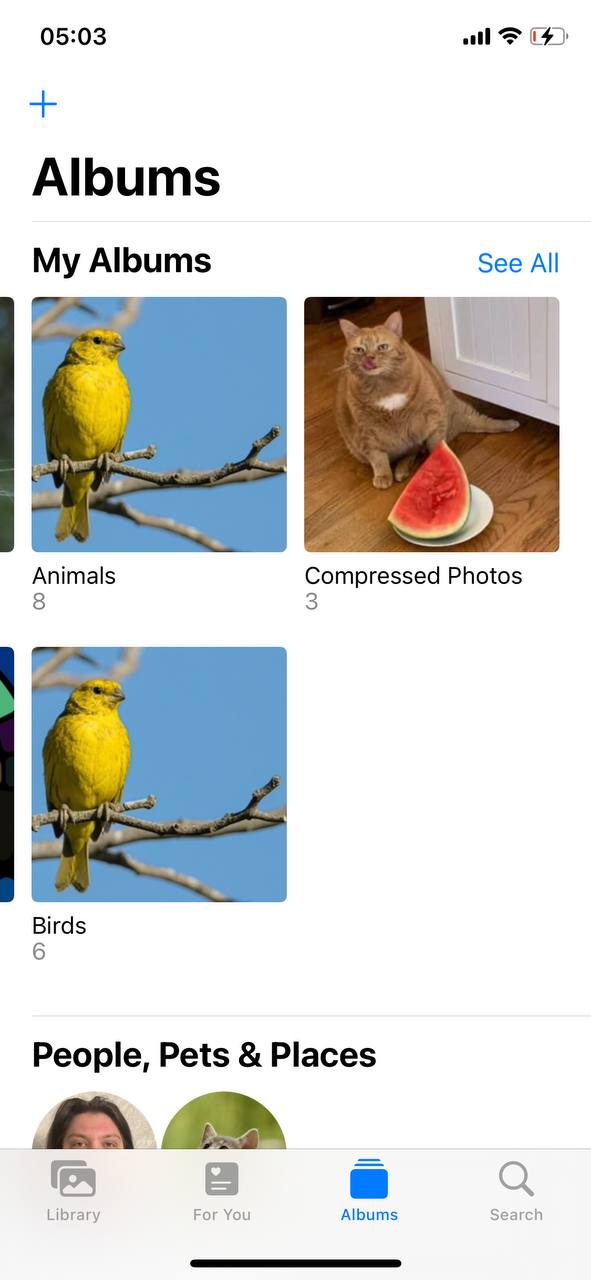
- Review the ‘Recents’ and ‘Media Types’ albums to identify unnecessary items.
- Tap ‘Select’, choose the photos and videos you wish to delete, and then tap the trash icon.
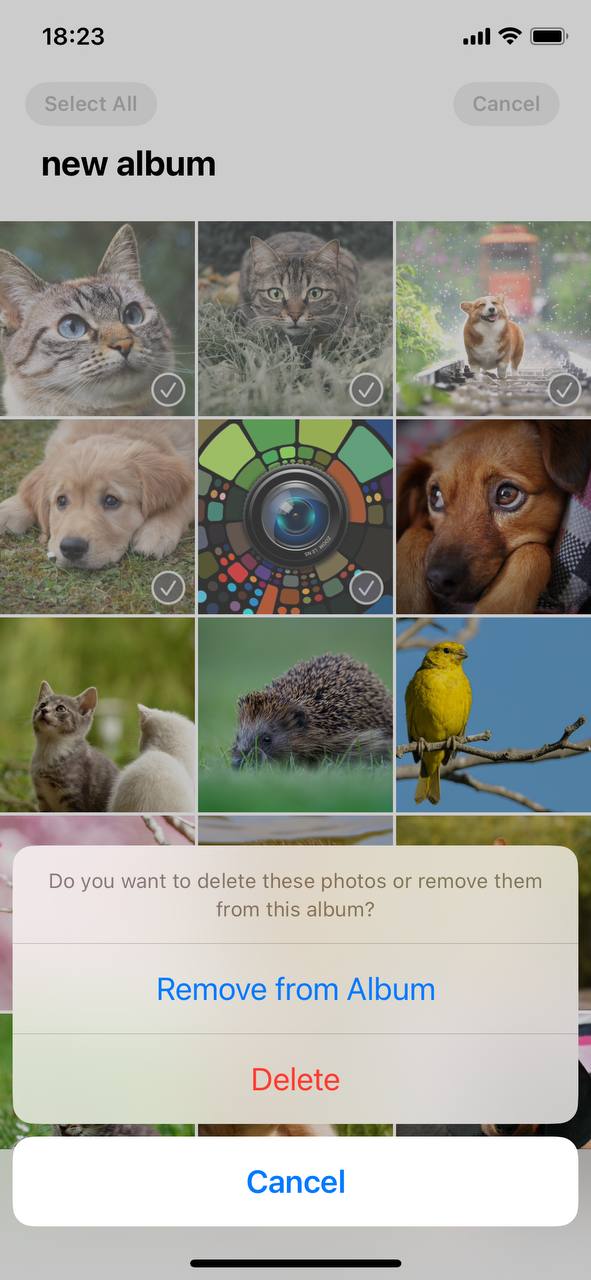
- Don’t forget to delete photos from the ‘Recently Deleted’ album to permanently remove items.
This process helps to free up significant storage space by removing junk media.
Method 8: Remove Unused Voice Memos
If your Voice Memos app is cluttered with unused recordings, follow these steps to tidy up:
- Open the Voice Memos app on your iPhone.
- Browse through your recordings and identify the ones you no longer need.
- Swipe left on a memo to reveal the delete option, then tap Delete.
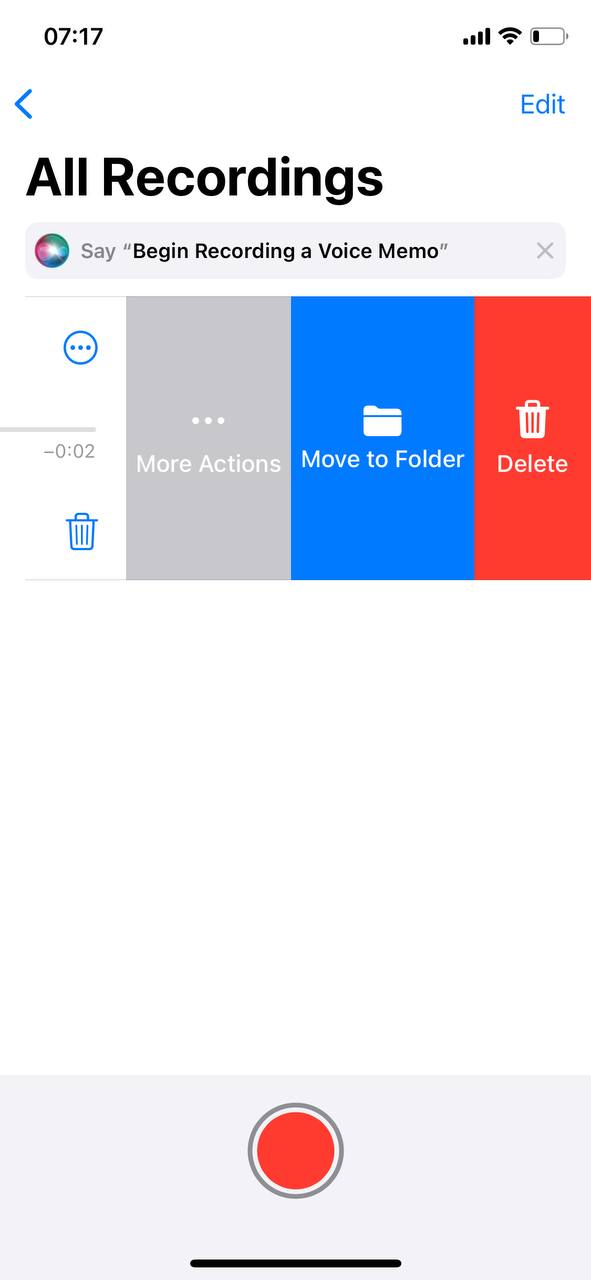
- Confirm the deletion if prompted.
Removing unused voice memos helps in reclaiming storage space and organizing your recordings.
Method 9: Use Third-Party Storage Management Apps
Specialized apps can simplify the process of cleaning junk files on your iPhone and even more. Here are some popular options:
- Easy Cleaner: This app streamlines contact management on your iPhone. It identifies and merges duplicate contacts, cleans up empty or irrelevant contacts, and organizes your address book efficiently. The app also includes a restore point feature, ensuring that important contacts are never accidentally deleted.
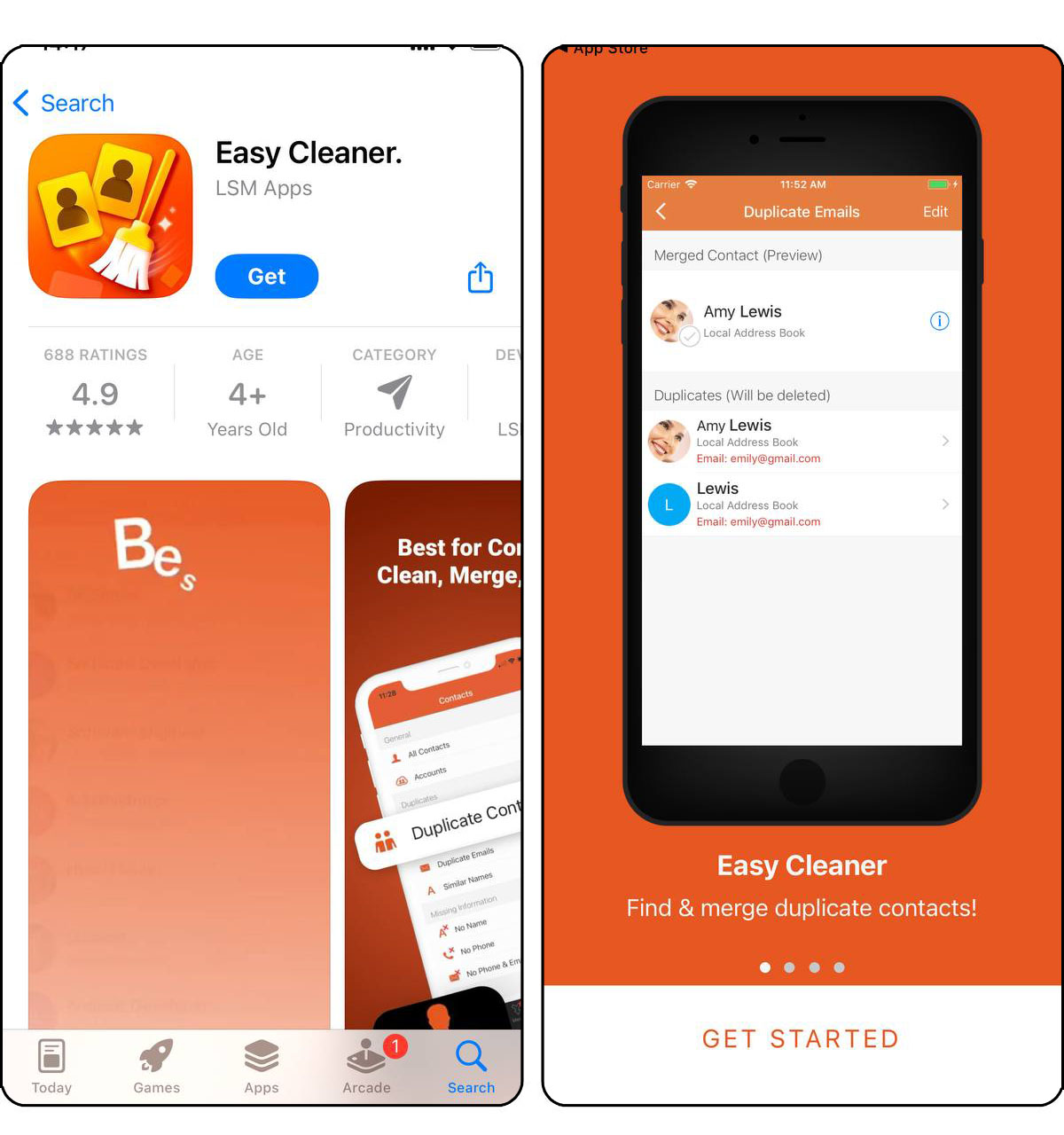
- Gemini Photos: Gemini Photos focuses on optimizing your photo library by identifying similar and blurry photos. It suggests which photos to keep and which to delete, effectively managing your storage by removing unnecessary duplicates and improving the overall organization of your photo albums.
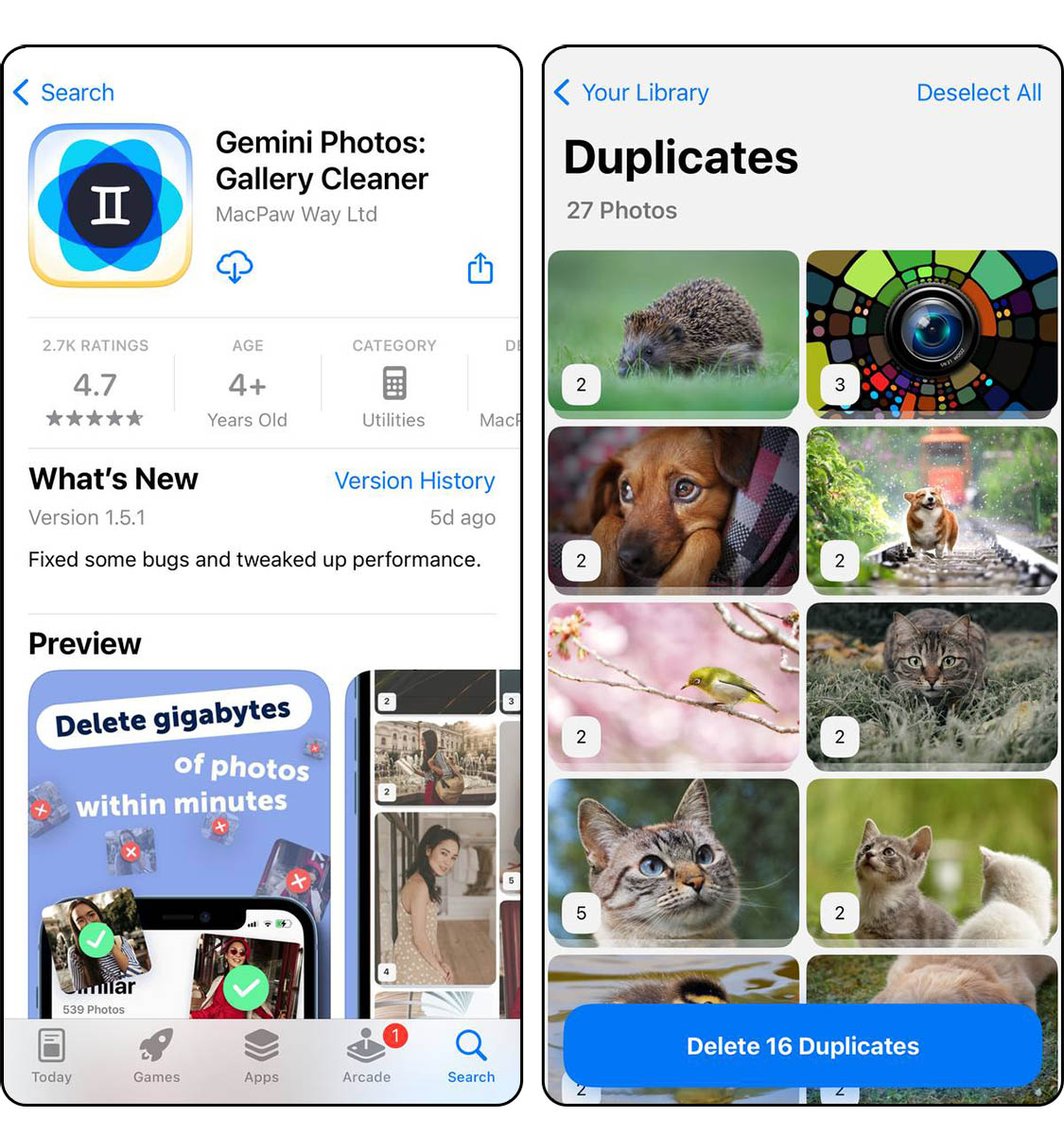
- Boost Cleaner: Boost Cleaner is designed for quick and effective media management. It locates and suggests the removal of duplicate photos, live photos, GIFs, and unnecessary selfies. The app also helps in organizing contacts and optimizing storage space on your iPhone.
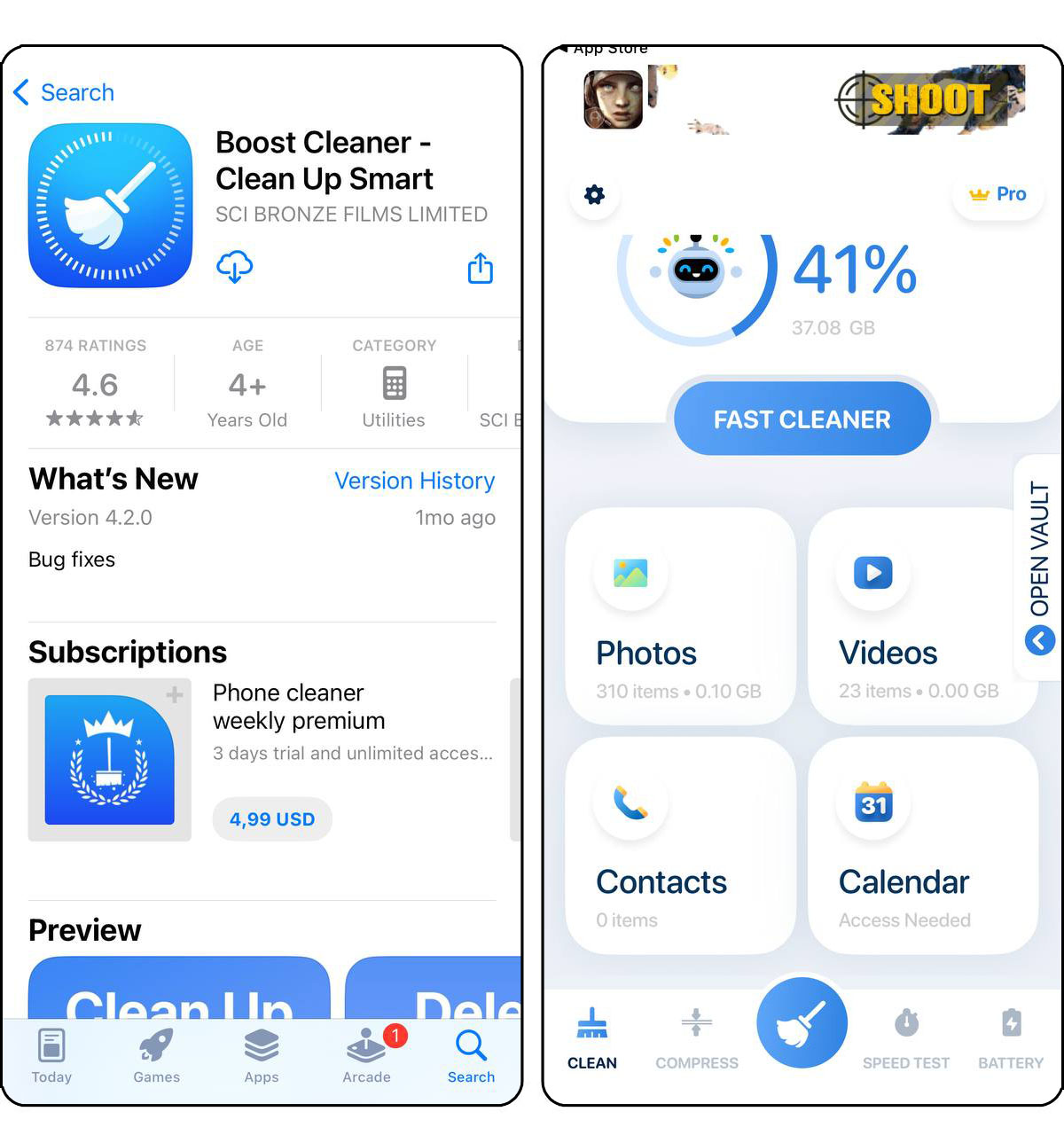
- Cleaner – Clean Up Storage: This app offers a detailed approach to decluttering your iPhone. It locates similar photos, merges duplicate contacts, and identifies large, redundant video files. Its quick cleaning feature is especially useful for immediate storage space recovery.
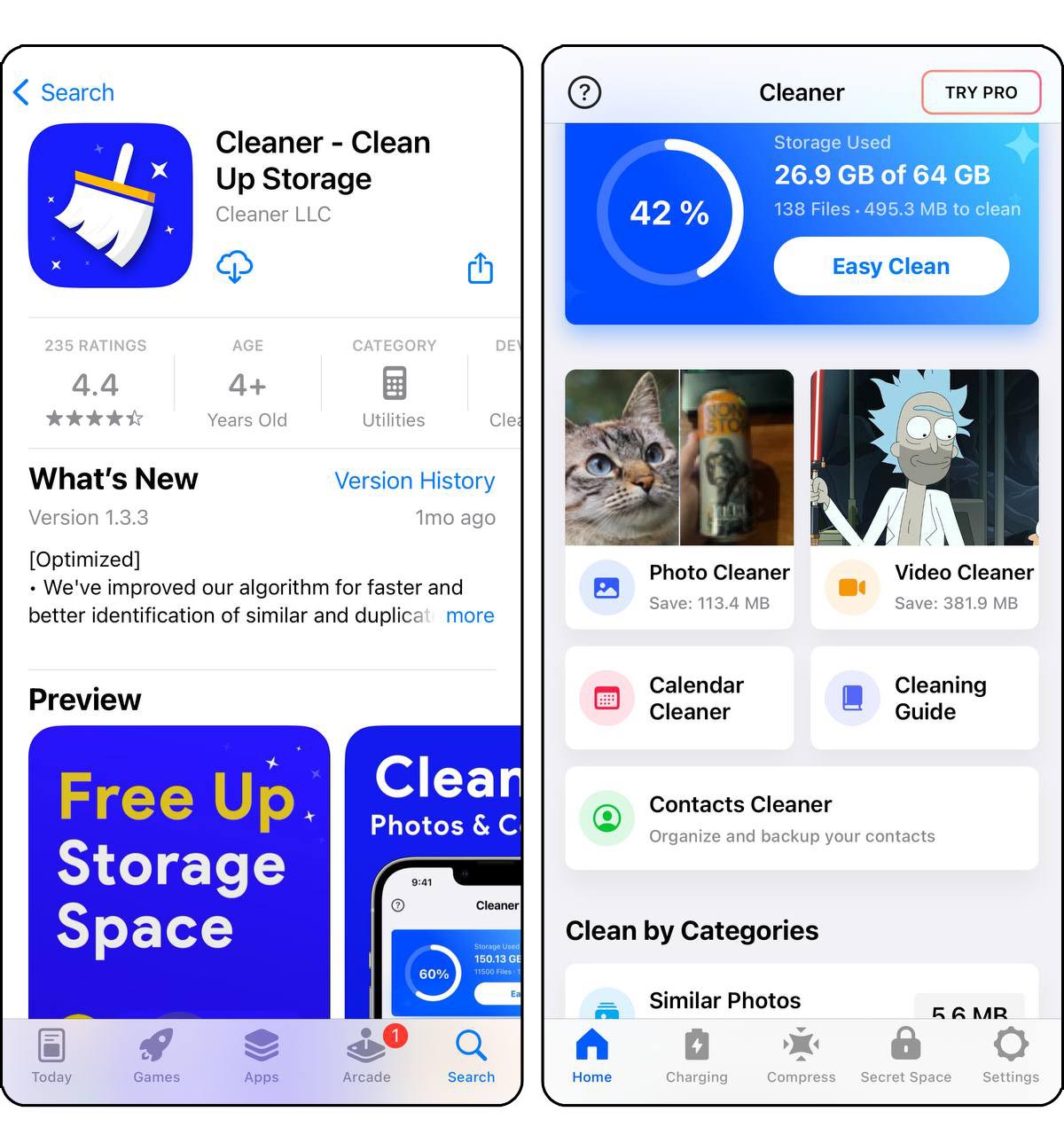
- Cleaner Kit: Formely knwon as Smart Cleaner – an all-in-one cleaning app that does not only removes duplicate photos but also organizes contacts, offers battery-saving tips, and includes privacy protection features. Its comprehensive approach to iPhone maintenance enhances overall device efficiency and usability.
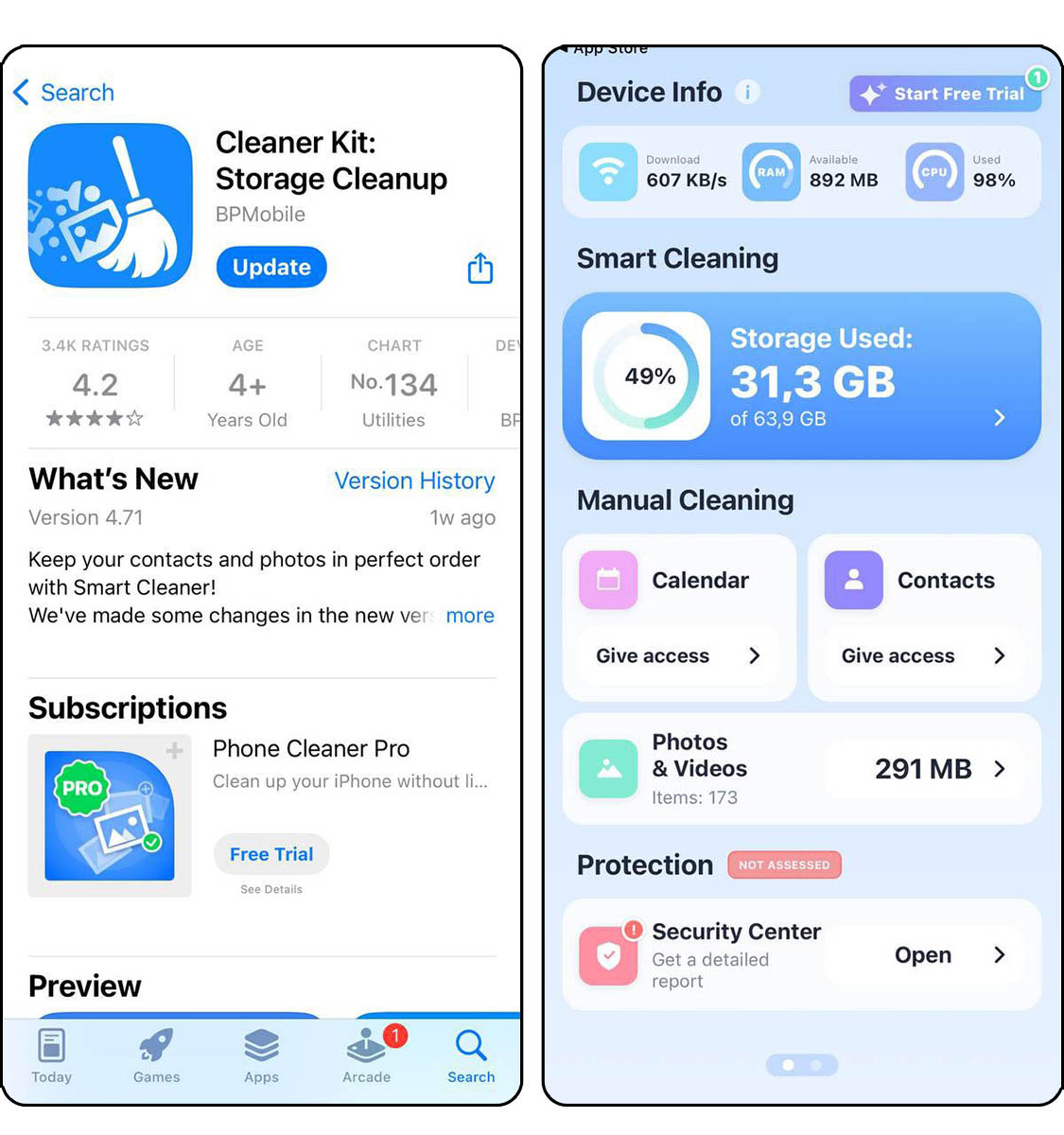
These apps offer a more thoroug hcleaning compared to manual methods, ensuring your iPhone is celan with a few touches. Always download apps from trusted sources and check reviews for reliability and effectiveness.
Method 10: Back Up and Restore
The most drastic measure is to backup your iPhone, reset it to factory settings, and then restore from the backup. This can clear hidden junk files. Ensure a recent backup is available before proceeding with this step.
- Create a full backup of your iPhone to ensure all data, settings, and media are saved. Use Finder/iTunes, iCloud, or one of third party apps.
- Once the backup is complete, go to Settings > General > Transfer or Reset iPhone on your iPhone.
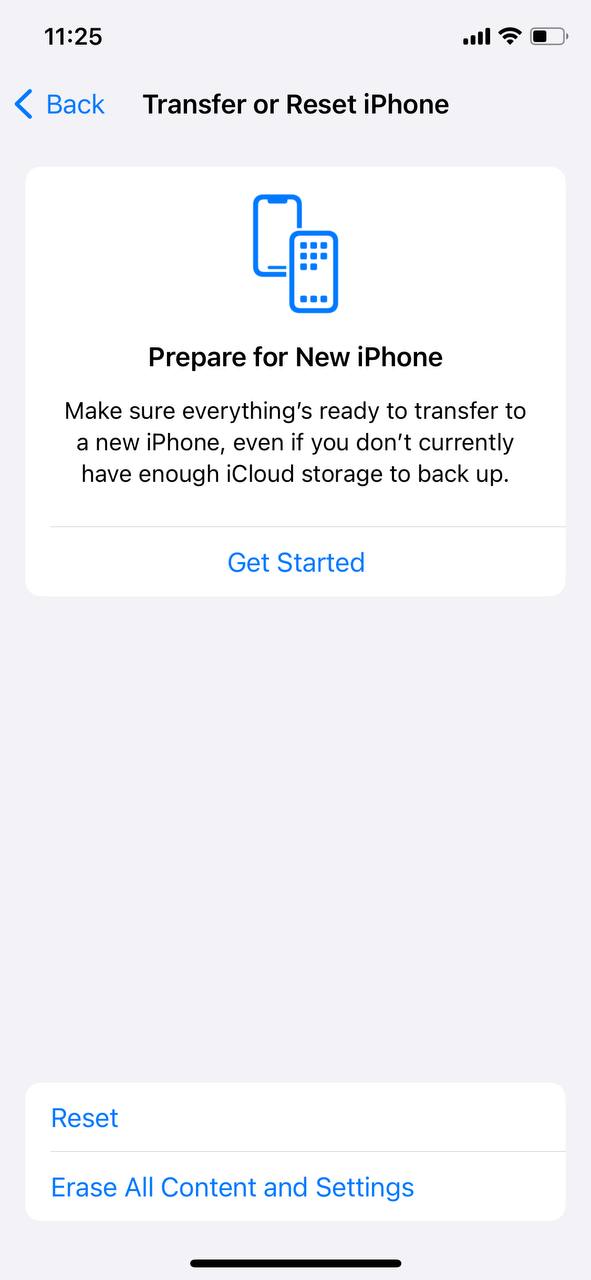
- Choose Erase All Content and Settings to wipe your device clean.
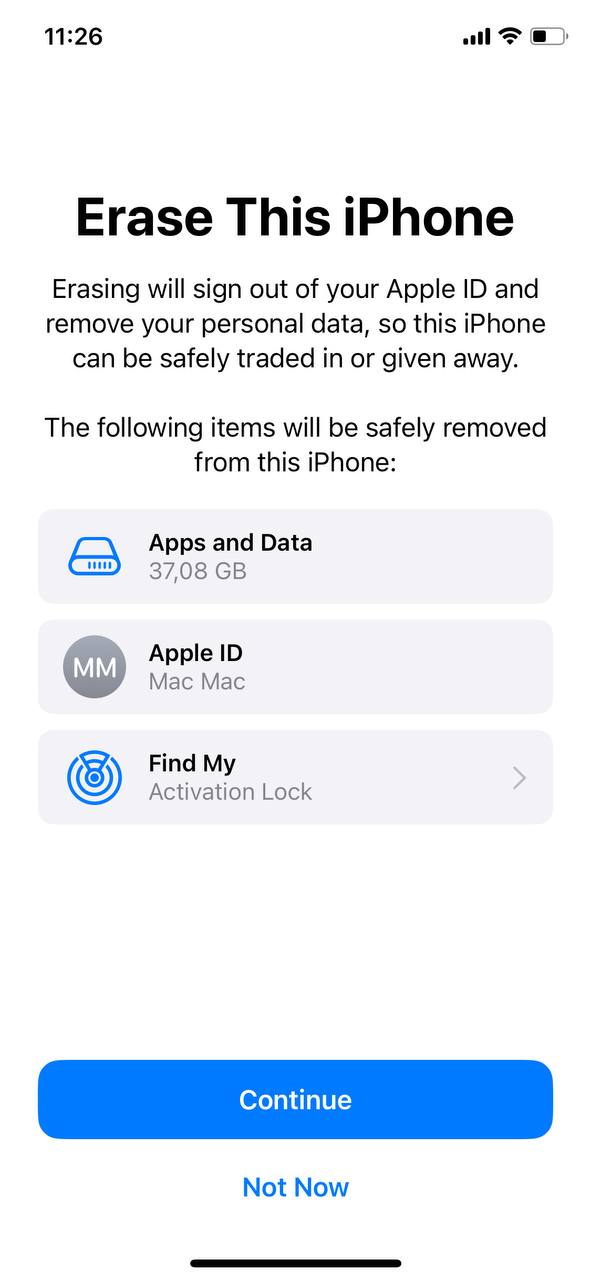
- After the reset, follow the prompts to restore your iPhone from the backup you created earlier.
This process can eliminate hidden junk files and restore your iPhone to a healthier state.
Conclusion
As someone who’s lived with a sluggish iPhone, I understand the frustration. This guide, born from personal and widely shared experiences, offers a lifeline. By identifying and removing junk files, either manually or with specialized apps, you’ll notice a remarkable improvement in your iPhone’s performance. Regular maintenance using these methods isn’t just a quick fix; it’s a commitment to ongoing digital efficiency and satisfaction.







 Tap the trash icon to delete the selected files.
Tap the trash icon to delete the selected files.





